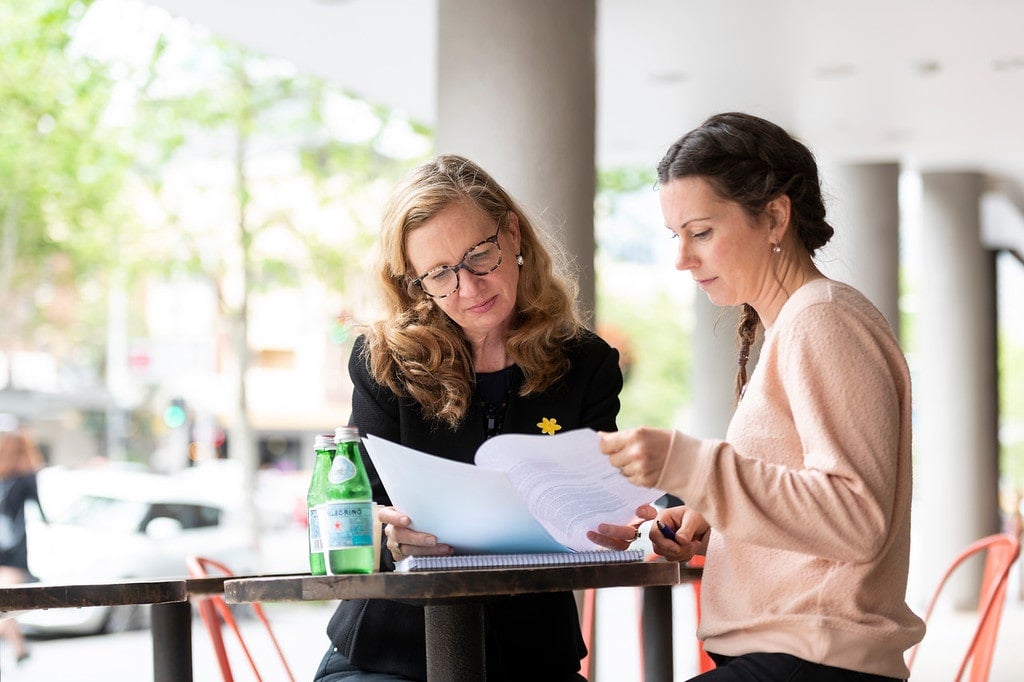Blog
Australian study first to assess 'real world' impact of HPV vaccine on cervical cancer
15 June 2011

A new study on the impact of the HPV vaccine for cervical cancer, the first worldwide to look at participants in a vaccination program (beyond clinical trials) was published today in The Lancet.
HPV vaccination in young women in Australia commenced in 2007. The HPV Vaccination Program provides free vaccination for 12-13 year-olds. Between 2007 and 2009 a catch-up program for women up to the age of 26 years was also conducted.
With cervical screening (the Pap test) in Australia recommended to start in women aged 18-20 years and HPV vaccination conducted in women aged up to 26 years, an active interplay between vaccination and cervical screening outcomes has been expected earlier in Australia than in most other countries.
This new study uses data from Victoria. Investigators analysed whether there was any change in the rate of new high grade cervical abnormalities (which can be precursors to cervical cancer) in young women after HPV vaccination started. They found no reductions in the abnormality rates in women over the age of 18 years, but they did identify a reduction in girls younger than 18 years.
This study is the first anywhere in the world to assess the potential impact of the HPV vaccine on cervical abnormalities within a real world environment, beyond clinical trials.
The study looked at overall trends, so we cannot be absolutely certain that the drop in cervical abnormalities in the youngest age group was due to HPV vaccination. The group in which the effects were observed were younger than the age group in whom screening is normally recommended, so although the results are suggestive, there are some issues in interpreting the findings.
However, the findings are consistent with what we expect to see based on other evidence. Cancer Council researchers have previously simulated the impact of the vaccination program and predicted that HPV infections would drop by almost 50% in the first few years. This drop in infections is expected to rapidly translate into a fall in high grade abnormalities in young women.
Ultimately the results of the new study will need to be confirmed in studies that look at the effects in individual women whose vaccination status is known. Going forward, analysis of data from other states in Australia will also be important.
The National Human Papillomavirus Vaccination Program Register (NHVPR) was established with the intent of monitoring the effectiveness of the HPV vaccine in preventing cervical cancer by allowing for cross referencing of data against Pap test registries.
This data linkage is yet to happen and Cancer Council is calling on the Australian Government to expedite this work. As Australia is well advanced in cervical cancer prevention, and in particular the HPV vaccination program, linking the data will help inform cervical cancer prevention policy and programs in Australia and internationally.
As time goes on, the impact of the HPV vaccination program will become more evident and we will see the effects in older age groups. HPV vaccination is most effective when it is given to younger girls before they are exposed to HPV, so we expect to see a more pronounced impact once the youngest vaccinated groups reach the age where they would have been at risk of having a cervical abnormality.
This study reinforces how important it is that parents of 12-13 year old girls have their daughters vaccinated.
The study is also a timely reminder that even if women have been vaccinated, they will still need to have regular cervical screening, because the vaccine does not protect against all types of HPV implicated in cervical cancer.
Women should be aware that having a Pap test every two years is recommended for both vaccinated and unvaccinated women, between ages 18 and 69. Regular screening, combined with ongoing vaccination in young girls is still the best way to prevent cervical cancer.
More information on the HPV vaccine is available at:
www.health.gov.au/internet/immunise/publishing.nsf/Content/immunise-hpv
Tags
